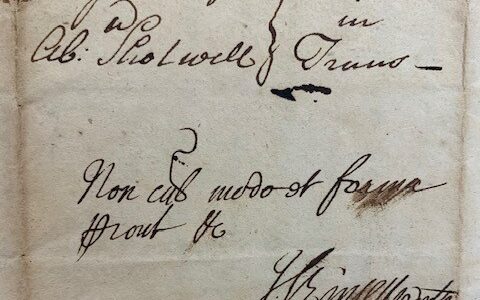The important role that women have played in our history is still being uncovered, especially their selfless contributions to our war efforts in which they were prevented from serving in combat. World War II saw an unprecedented mobilization of women who supported the war in traditional and novel ways, breaking many societal barriers; this was particularly true for women in New Jersey. In celebration of Women’s History Month, please join us as Dr. Patricia Chappine examines the critical role the women of New Jersey played as they stepped into newly formed military branches and entered the labor force in areas never before opened to them.
Dr. Patricia Chappine is an adjunct professor at Stockton University where she teaches courses in the Holocaust and Genocide studies and historical studies programs. She is also working as the Rudnick Fellow for the Alliance Heritage Center of Stockton University. She earned a B.A. in Sociology and an M.A. in Holocaust and Genocide Studies from Stockton University and an M.A. and a Ph.D. in History and Culture from Drew University in Madison, NJ. Her research interests include Holocaust and genocide studies, women’s history, New Jersey history, particularly women during WWII, and digital humanities.




























